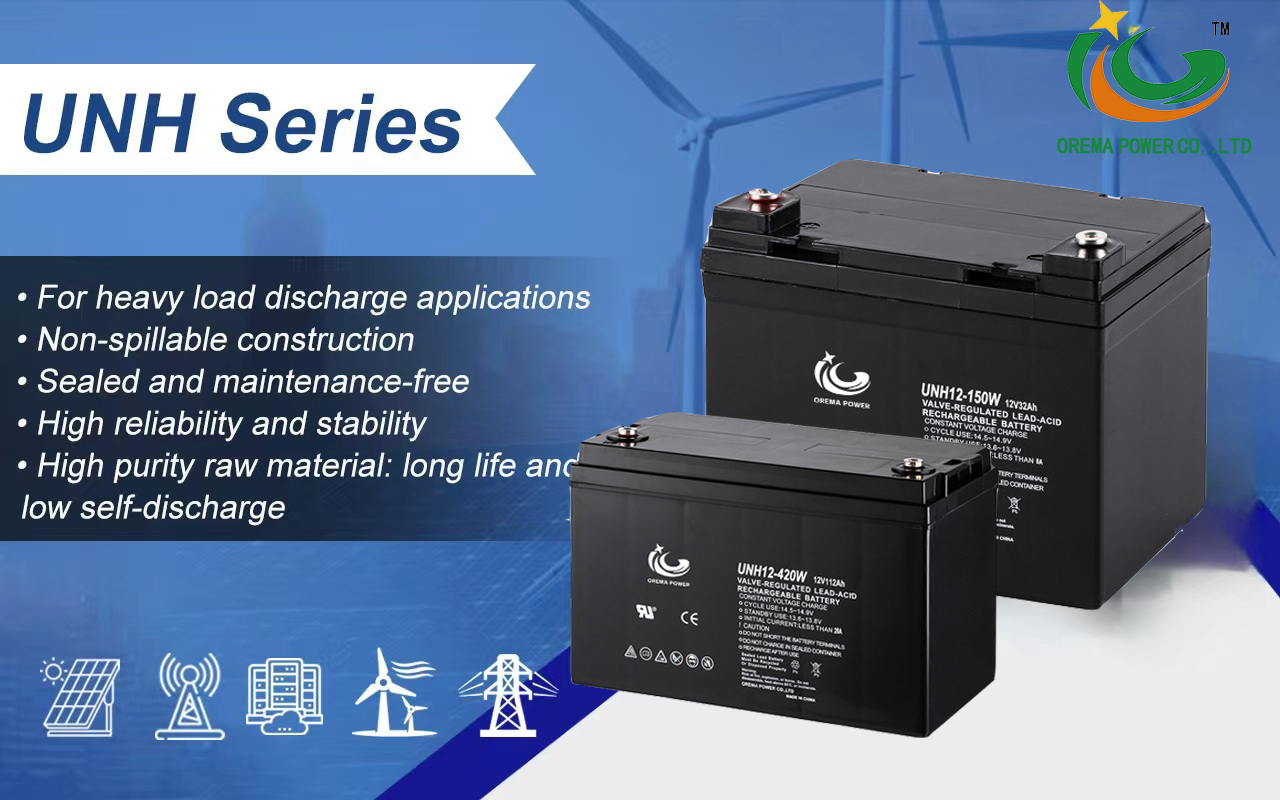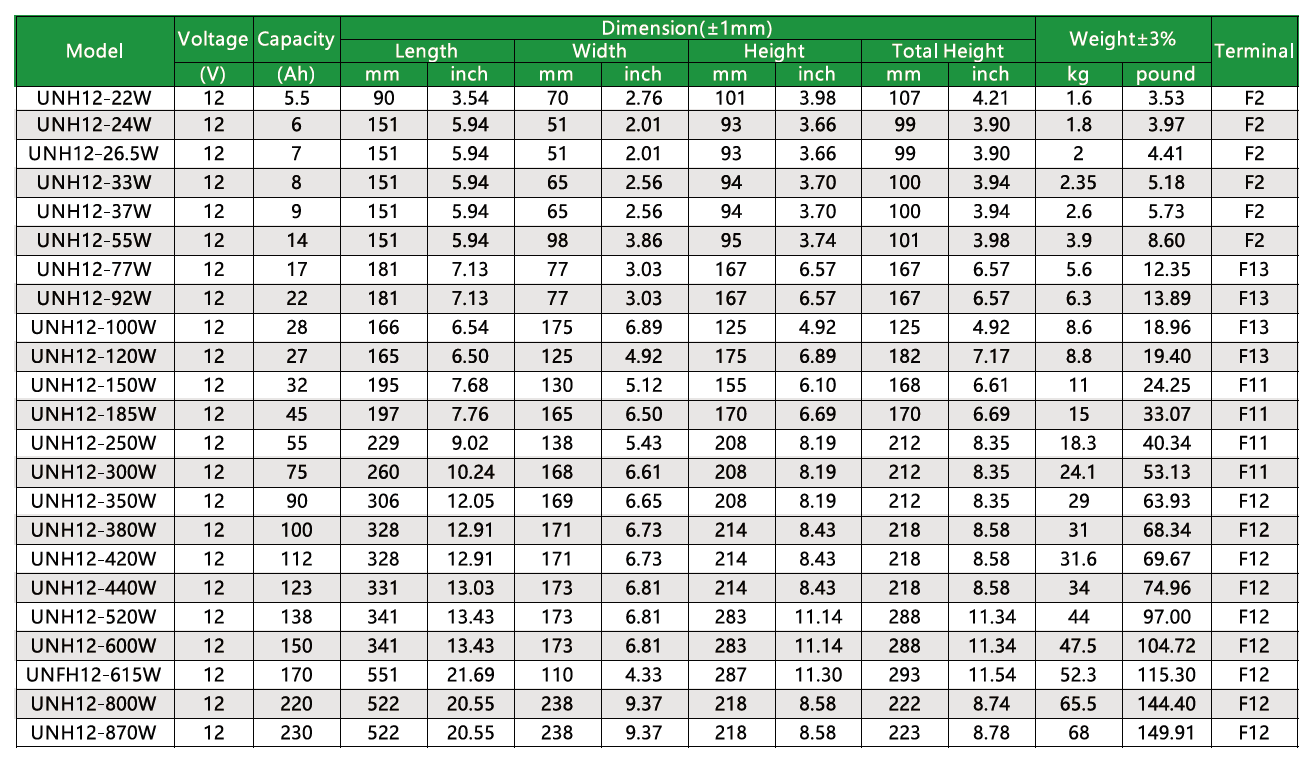Electrocardiogram is one of the important tools for the diagnosis of heart disease. It is widely used in hospital clinical practice and it is very helpful for doctors to diagnose diseases. Although the traditional electrocardiograph can effectively monitor the ECG and reduce the mortality of patients with heart disease, it can not perform long-term real-time monitoring of patients, and it has the disadvantages of large volume, high power consumption and inconvenient carrying. In view of this, this paper designs a portable electrocardiograph with simple structure, stable performance and reliability. It can monitor ECG in real time in some places such as home and field, and has broad application prospects. 1 system hardware structure and principle The low-power portable electrocardiograph consists of MSP430F169, ECG signal acquisition and conditioning circuit, liquid crystal display module, data storage module, and key input module, as shown in Figure 1. The ECG signal obtained by the standard lead mode I and the electrode connected to the human body, because of various interferences in the environment (the body's own myoelectric interference, external power frequency interference, etc.), it must be amplified by the analog amplifier circuit. After filtering and other conditioning, the MSP430F169 MCU can be entered. The A/D module inside the MCU can be used to perform analog-to-digital conversion on the analog signal, then store the data and display it on the LCD screen. The observer can visually see the ECG signal waveform and each The number of minutes of heartbeat. The system uses an SD card to store the collected data, and the collected ECG signal data can be stored for a long time, which is of great value to patients with abnormal ECG signals and occasional sporadic. The system can also transmit the collected ECG signals to the host computer through the serial port in real time, and display and perform real-time analysis by the host computer. 1.1 Microcontroller The microcontroller uses TI's MSP430F169 microcontroller, which is a low-power microcontroller. When all devices are operating in low-power mode, the total power is less than 1 W, and the RAM data retention mode consumes only 0.1?滋A, 250 μA/MIPS in active mode, especially suitable for portable devices; integrated 12-bit A/D conversion module on-chip, 4 conversion modes, conversion speed up to 200 Kb/s, enough to meet ECG Collection requirements. 1.2 ECG signal conditioning circuit ECG signal conditioning circuit is one of the important links of this system, mainly composed of preamplifier, high-pass filter, 50 Hz notch, low-pass filter and post-amplifier circuit, as shown in Figure 2. Because the ECG ECG is only 0.05 mV~5 mV, it is weak and susceptible to interference. Therefore, the differential amplifier circuit with high input impedance and high common-mode rejection ratio is used for preamplification to increase the input impedance. Reduce common-mode signal interference; band-pass filter circuit is mainly composed of high-pass filter and low-pass filter, the passband is 0.5 Hz~100 Hz, filtering out interference signals outside the ECG frequency range; 50 Hz notch processor filter In addition to power frequency interference; the post-amplifier further amplifies the ECG signal by about 100 times to the appropriate range, and then outputs it to the A/D module of the core controller MSP430F169. 1.3 Data Storage Module The system uses an SD card to store the collected ECG signal data. The SD card is a small-sized, large-capacity, cost-effective, simple access interface memory card with low power consumption and non-volatile characteristics. It is widely used in portable devices such as digital cameras and mobile phones. The SD card can be used to transfer ECG data to a more powerful PC for further analysis and processing. The interface circuit is shown in Figure 3. Among them, DAT0~DAT3 are data lines, CMD is a command line, CLK is a clock line, which provides a clock for the storage module, and CD_SW is used to control the hot plugging of the SD card. The P1.1 to P1.5 of the MSP430F169 are connected to 5 independent buttons, 4 of which are used to adjust the period and amplitude of the ECG waveform display, and 1 is used for serial data transmission. High Rate Battery Solutions by OREMA: Powering the Future High Rate Battery,high rate discharge battery,High Rate Battery pack,high rate current battery,12V high rate batteries OREMA POWER CO., LTD. , https://www.oremapower.com




High Rate Discharge Battery Excellence:
Our high rate discharge batteries, a core part of the OREMA UNH series, are designed for heavy-load discharge applications, promising a design life of 5-12 years in floating service. These batteries excel in delivering stable performance during high current discharges, thanks to robust grids and specially formulated active materials.
Advanced AGM Technology:
At the heart of our innovation lies the advanced Absorbent Glass Mat (AGM) technology. This cutting-edge approach guarantees consistent backup power, vital for UPS systems and other critical applications. The UNH series showcases exceptional high-power discharge performance, offering abundant power in short periods, making them ideal for applications needing quick and reliable backup power sources.
Reliability in Every Cell:
Renowned for their high reliability, our batteries withstand the rigors of continuous use, providing uninterrupted power when it matters most. This resilience makes them suitable for critical power applications where any downtime or power interruption could have severe consequences.
Durability and Longevity:
Beyond reliable performance, these batteries boast impressive durability. Designed for extended life, they can endure repeated charging and discharging cycles without capacity loss. This ensures they consistently provide backup power over an extended period, offering peace of mind to our users.
Features and Benefits of OREMA 12V High Rate Batteries:
High rate discharge construction for demanding applications.
Excellent deep discharge recoverability.
High energy density design, ideal for high current and high power discharge in UPS systems.
Slow self-discharge rate (<3% per month), ensuring constant power in standby or as part of a UPS system.
Heavy-duty, threaded copper alloy terminals for easy assembly, reduced maintenance, and enhanced safety.
High tin grid alloy minimizes gassing and delays corrosion, extending battery life with maintenance-free convenience.
Diverse Applications of OREMA High Rate Battery Pack:
Our high rate batteries are versatile, catering to a wide range of applications:
Standby Use: UPS power supplies, emergency lighting, precision instrument backup, fire alarms, security systems, office automation, and more.
Solar Cell Power Generation: Street lighting, portable power supply, water pumping stations, rural power systems.
Specifications of OREMA UNH series high rate discharge batteries:
